How many milliliters are in 3.4 oz?
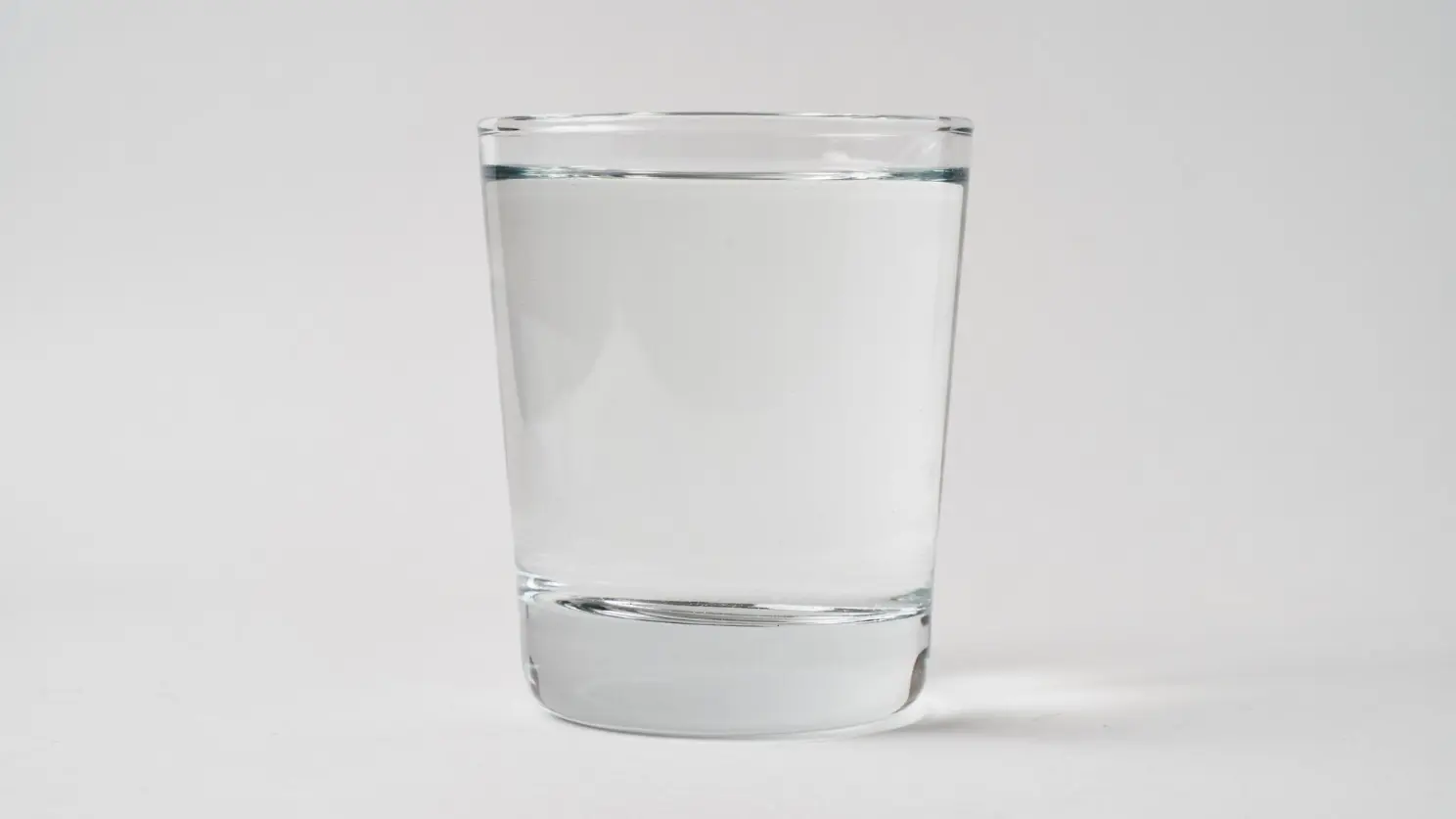
Content
Volume unit converter
Introduction to Volume Conversion
Converting volumes is a daily task. We encounter it in cooking, science, and more. Knowing how to switch between systems is essential. This article will make it easy for you.
Why would someone need to convert between these two? Many recipes use ounces. Yet, in many countries, milliliters are standard. It helps to understand both.
Why Convert Between Ounces and Milliliters?
Understanding both units is vital. Many international recipes require it. Medicines often list dosages in milliliters. Yet, in the U.S., fluid ounces are more common. This makes ounces to milliliters conversions crucial.
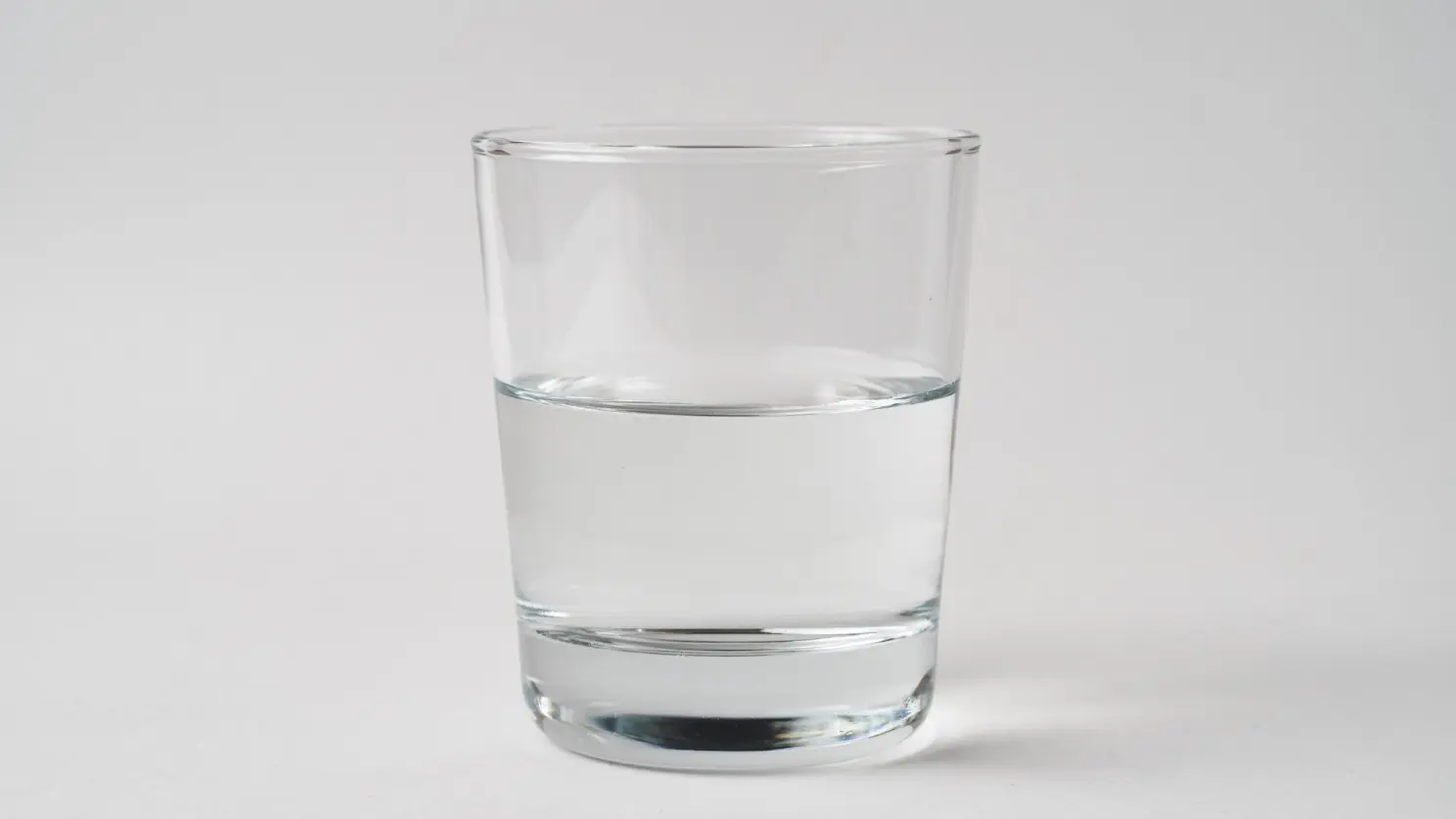
Understanding the Basics of Volume Measurement
Volume tells us how much space the liquid fills. The metric system uses milliliters. The U.S. uses ounces. But how many ml are in an ounce? The answer lies in the conversion factor.
The Conversion Factor
This factor is a simple number. It helps convert 3.4 oz to ml quickly. Remember this: one ounce is approximately 29.5735 milliliters. This is key for our topic.
Defining the Ounce to Milliliter Relationship
One fluid ounce is equal to 29.5735 milliliters. This is the conversion formula we use. It's precise and used worldwide. For 3.4 ounces to milliliters, it's the foundation.
The Importance of Conversion Accuracy
Precise conversions matter. In cooking, they affect the taste. In medicine, they impact health. That's why getting it right is so important.
Standard Conversion Tables
These tables are handy. They show the oz to ml conversion at a glance. No need to calculate each time. Just find the amount you need to convert.
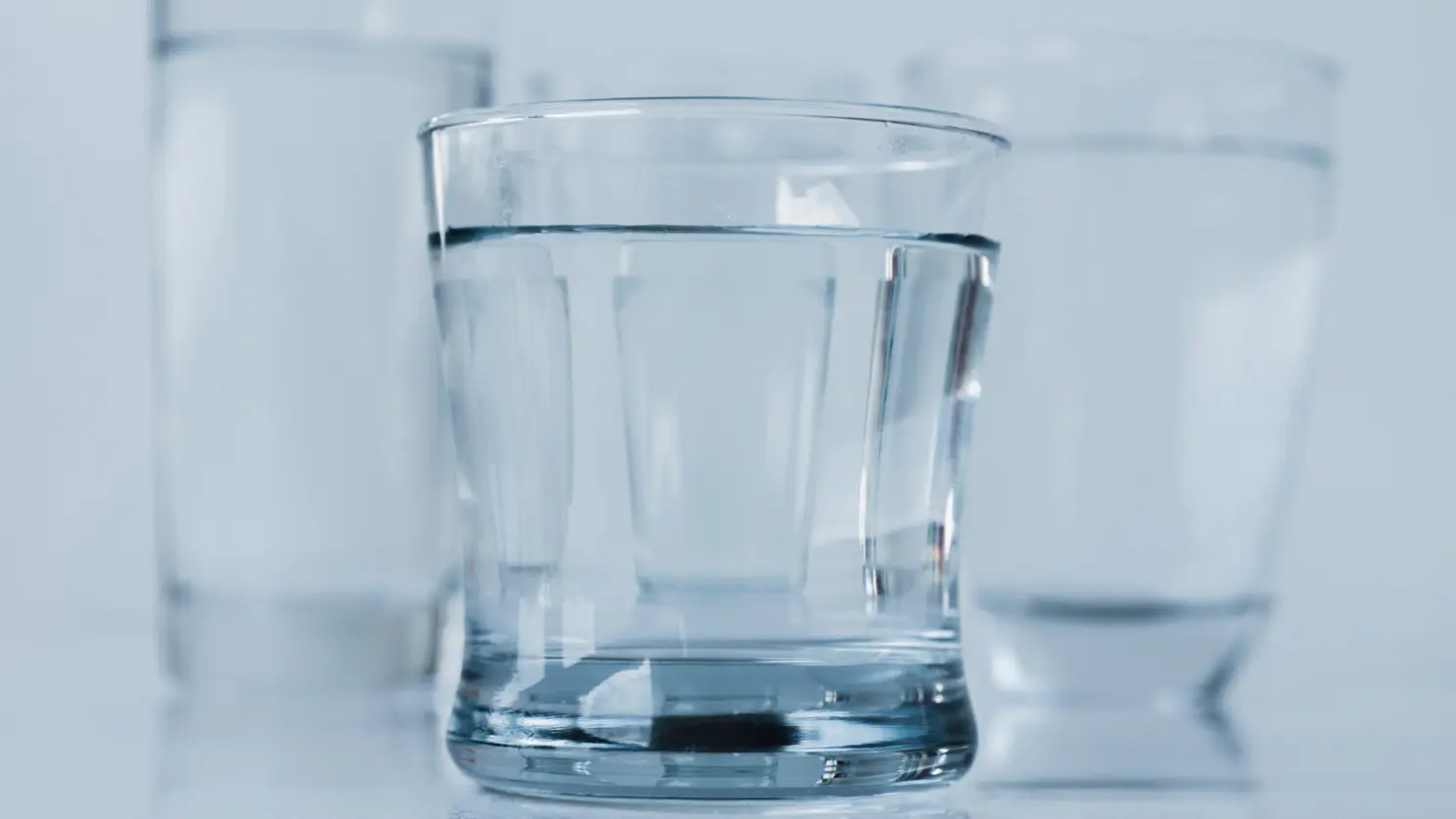
Quick Reference: Ounces to Milliliters Table
Here's a quick table for you:
| Ounces (oz) | Milliliters (ml) |
|---|---|
| 0.5 | 14.79 |
| 1.0 | 29.57 |
| 1.5 | 44.36 |
| 2.0 | 59.15 |
| 2.5 | 73.93 |
Detailed Conversion Table for Various Ounces
Need more details? This table will help:
| Ounces (oz) | Milliliters (ml) |
|---|---|
| 0.1 | 2.96 |
| 0.2 | 5.91 |
| 0.3 | 8.87 |
| 0.4 | 11.83 |
| 0.5 | 14.79 |
Converting 3.4 Ounces to Milliliters
So, how do we convert 3.4 oz? It's simple. We use the conversion factor. Let's multiply 3.4 by 29.5735. The answer is there. Exactly 3.4 ounces, equal to 100.55 ml.
Breaking Down the Conversion Process
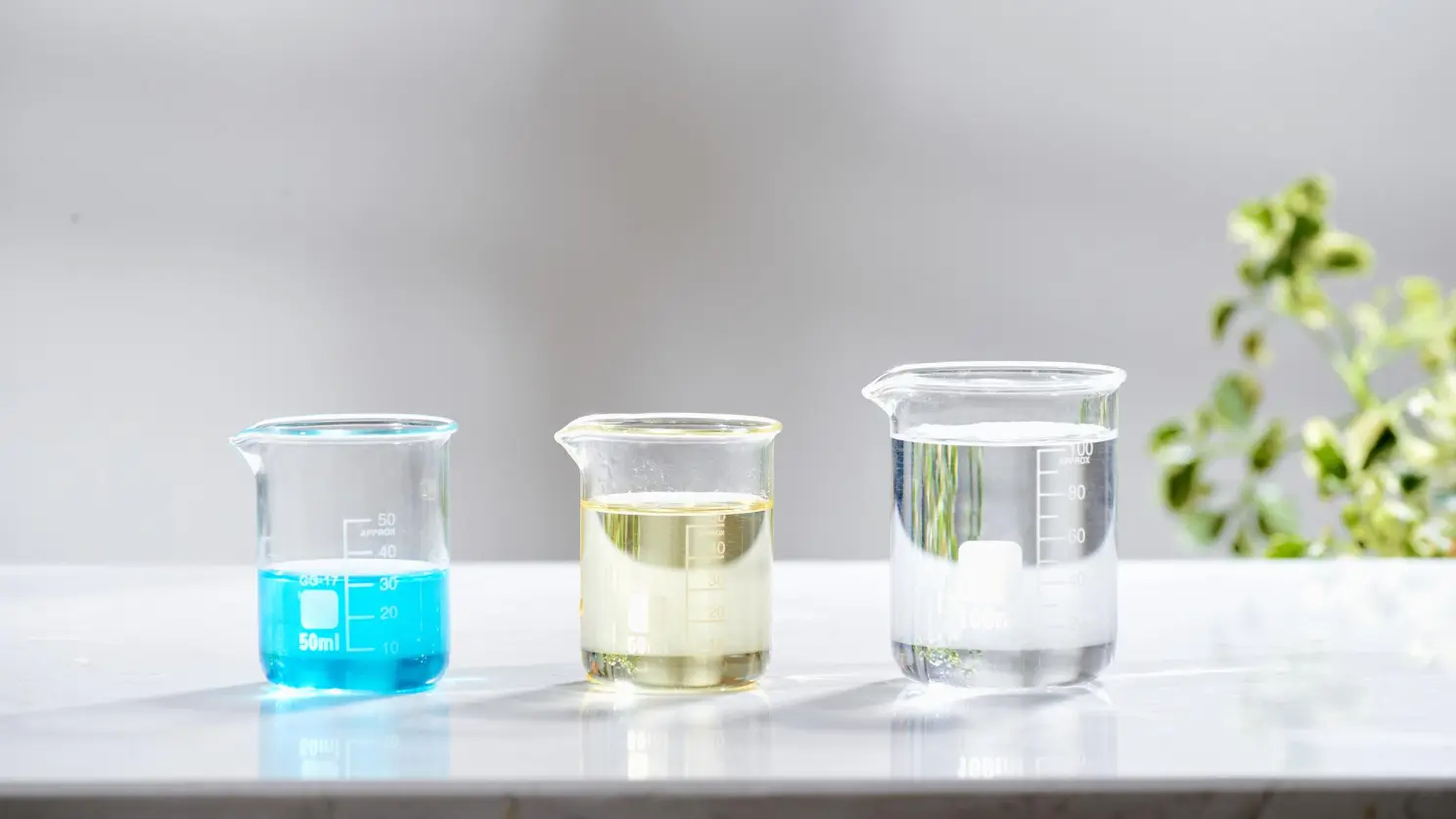
To convert 3.4 ounces to milliliters, you can follow these steps:
- Start with the Number of Ounces: Begin with the amount you have in ounces, which is 3.4 oz in this case.
- Identify the Conversion Factor: Know the conversion factor from ounces to milliliters. One ounce is approximately equal to 29.5735 milliliters.
- Multiply Ounces by the Conversion Factor: Use the conversion factor to convert ounces to milliliters. Multiply your ounces by 29.5735.
- Perform the Calculation: Multiply 3.4 oz by 29.5735 to get the equivalent in milliliters.
- Find the Result: After multiplying, you'll find that 3.4 oz is equal to 100.55 ml (since 3.4 oz × 29.5735 ml/oz = 100.55 ml).
- Verify the Result: It's always a good practice to check your result with a calculator or a conversion tool to ensure accuracy.
Visual Aids for oz to ml Conversion
Visual aids can help understand the conversion better. A chart or an infographic can clarify it. They show the equivalent of ounces in milliliters, making it easy to visualize.
Real-Life Applications
When we convert fluids, we're not just juggling numbers. We're making our lives easier. From filling a prescription to whipping up a favorite recipe, it matters. Here's why these conversions pop up in everyday life.
In cooking, precision is not just helpful—it's crucial. A little too much or too little can change a dish. That's where knowing how to convert 3.4 oz to ml comes in. It keeps flavors balanced, just as the recipe intended.
In the Kitchen: Cooking and Baking
Cooking often mixes metric and imperial measures. Bakers especially need to be exact. A conversion mistake can ruin a cake. So, when a recipe says, 3.4 ounces to milliliters, we must get it right. Here, every milliliter counts.
- Measuring liquids for recipes;
- Adjusting serving sizes;
- Scaling recipes up or down.
Health and Medicine: Dosage Calculations
Medicines come with precise dosage instructions. Typically, these are in milliliters. Converting fluid ounces to milliliters ensures we take the right amount. It keeps us safe and healthy.
- Converting cough syrup doses from oz to ml;
- Measuring liquid supplements;
- Calibrating dosages for injections.
Science and Research: Measurement Precision
Accuracy is paramount in science. Experiments need exact measurements. This means scientists typically convert oz to ml. It ensures their results are reliable and repeatable.
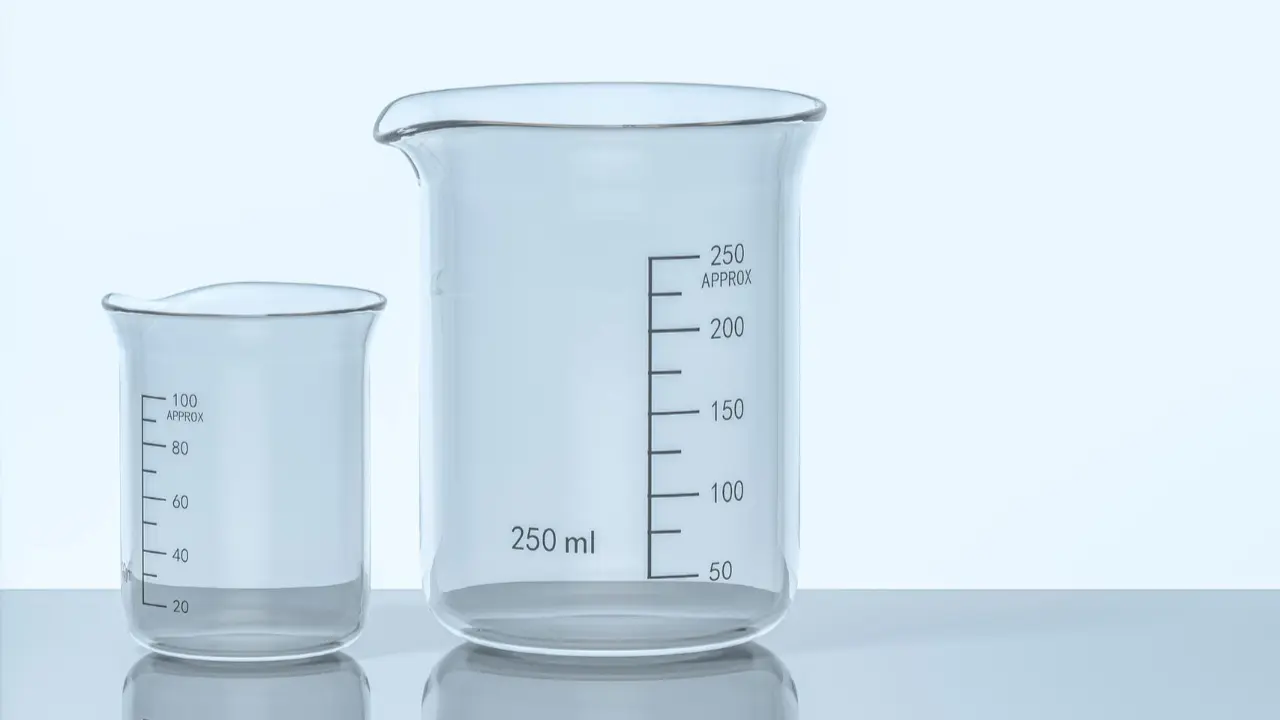
Examples:
- Preparing chemical solutions;
- Conducting volume-related experiments;
- Documenting precise measurements for studies.
Tips for Accurate Conversions
We've seen how vital accurate conversions are. But how do we ensure we don't make mistakes? Here are some tips that can help you nail that oz to ml conversion every time.
Accuracy starts with the right tools. Use a measuring cup marked in both ounces and milliliters. This dual marking can prevent conversion errors. Furthermore, always measure liquids at eye level. This avoids adding too much or too little.
Common Pitfalls and How to Avoid Them
Even seasoned cooks and scientists can trip up. Here are some common mistakes and how to dodge them:
- Not checking conversion factors: Always verify the conversion factor. It's easy to confuse it with the weight-to-volume conversion;
- Ignoring temperature: Liquids expand or contract with temperature. Consider this when measuring large volumes;
- Forgetting calibration: Regularly check that your measuring tools are accurate. Calibration ensures this.
Conclusion

